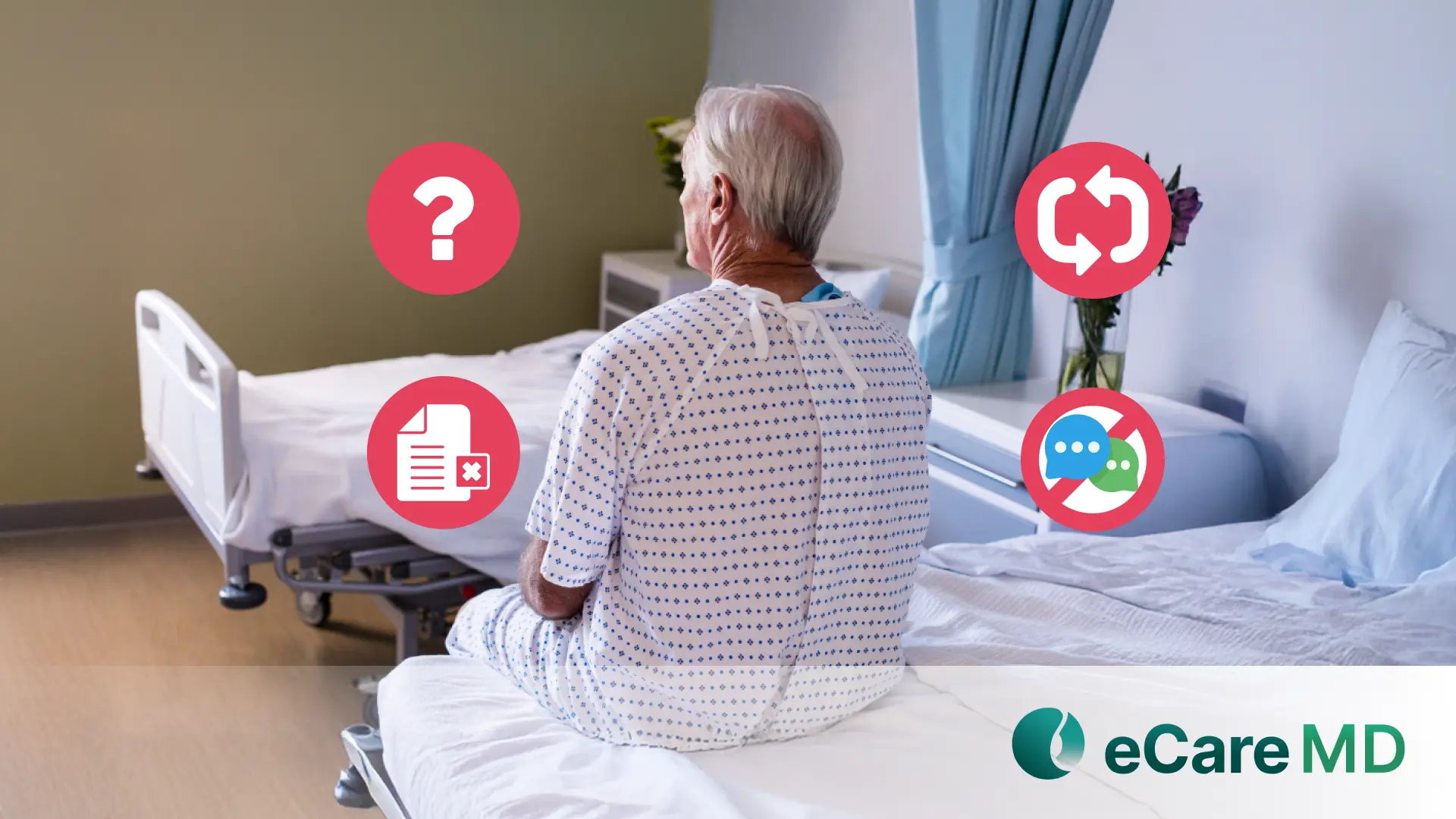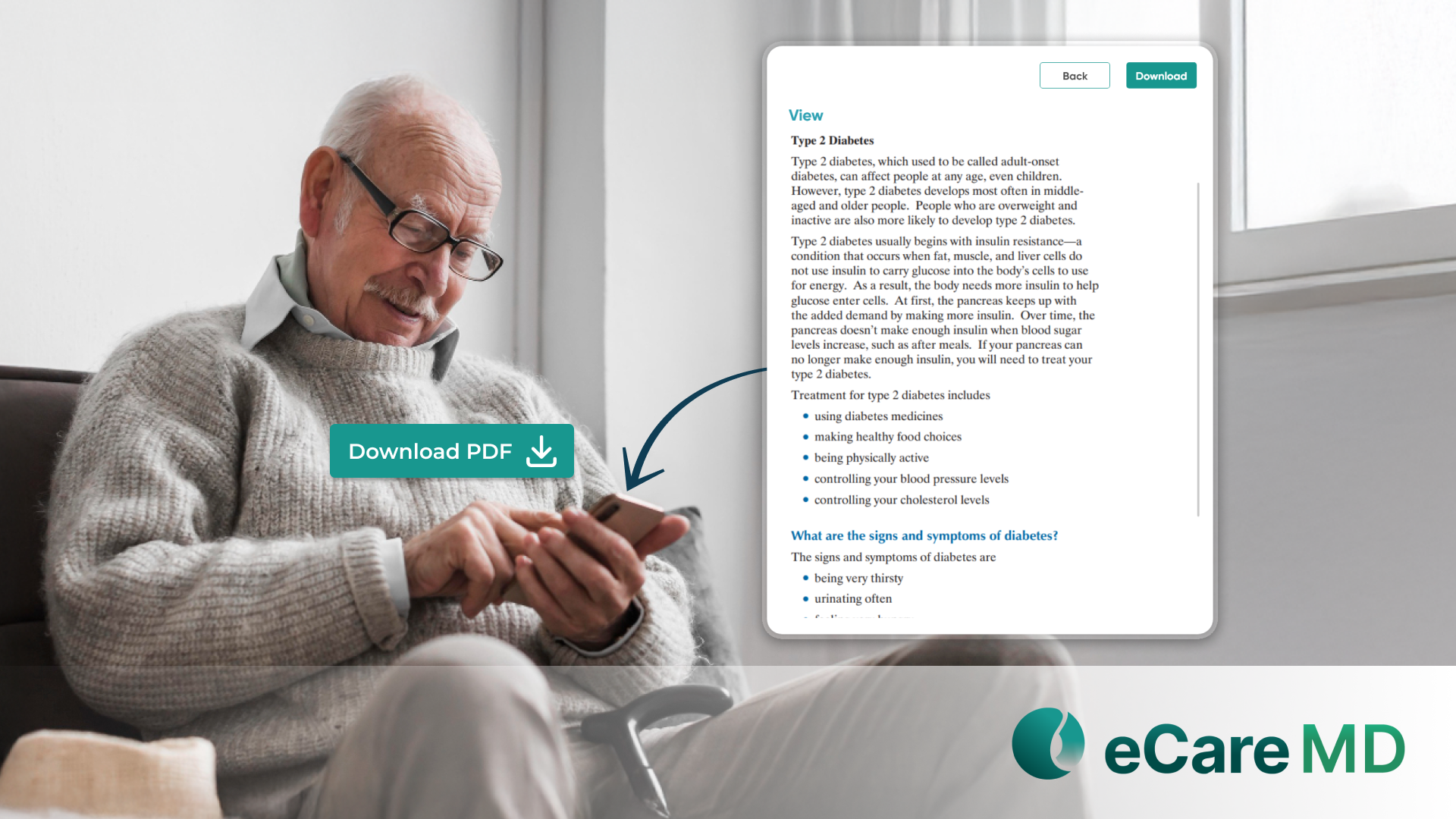Client Overview
A multi-specialty healthcare practice in Virginia, United States, delivering inpatient and outpatient care focusing on chronic conditions, supported by a dedicated team of healthcare providers, physicians, nurses, and care coordinators.
Business Challenges
1. Inadequate Patient Education and Communication

Patients were readmitted to hospitals shortly after discharge due to poor communication between care providers and patients, leading to increased healthcare costs and negative patient outcomes.
2. Lack of Real-Time Health Monitoring
The practice had no system to continuously monitor patient health vitals after discharge, making it difficult to identify potential complications before they required emergency intervention.
3. Fragmented Care Coordination
Care team members lacked efficient tools for task management, scheduling, and communication, resulting in uncoordinated care delivery and missed follow-ups.
Solution Delivered
To resolve these ongoing challenges, the client approached Medarch Inc. for eCareMD software implementation to streamline practice workflow and enable comprehensive patient care delivery. After a software demonstration by business analysts and subject matter experts, the client approved implementing the comprehensive remote patient monitoring (RPM) and care coordination platform.
Solution Highlights
1. Patient Educational Material Functionality

Educating patients and getting them involved in the treatment is key to achieving the expected health outcomes. Considering this, the eCareMD software comprises an inbuilt educational material system that helps providers upload educational material relevant to chronic conditions and assign it to patients. These timely and comprehensive educational materials have helped to increase patients’ treatment adherence and lifestyle recommendations directly to patients, improving their understanding and engagement with their care plans.
2. Real-Time Monitoring and Alert System
The real-time live vital tracking dashboard and alert mechanism have drastically resolved the patient health monitoring challenge. As it allows providers to consistently track the vital readings of a patient and make interventions whenever an alert has been generated for the abnormal readings. This visibility in patient health monitoring has worked out well for the client, resulting in a reduction in patient hospital readmissions post-discharge.
3. Comprehensive Care Coordination Tools
Advanced task management system with call scheduling, assignment capabilities, and secure communication channels (voice calls, SMS, real-time chat) that enable coordinated care delivery among all team members.
Value Delivered
1. Significant Reduction in Hospital Readmission Rates
Post-implementation monitoring showed a substantial decrease in patient readmissions.
2. Improved Patient Satisfaction
Coordinated care delivery resulted in measurably higher patient satisfaction scores.
3. Enhanced Care Coordination
Efficient task management, reminders, alerts, and scheduling tools improved team coordination.
4. Cost Savings
Reduced readmissions and emergency visits generated significant cost savings for both patients and providers.

